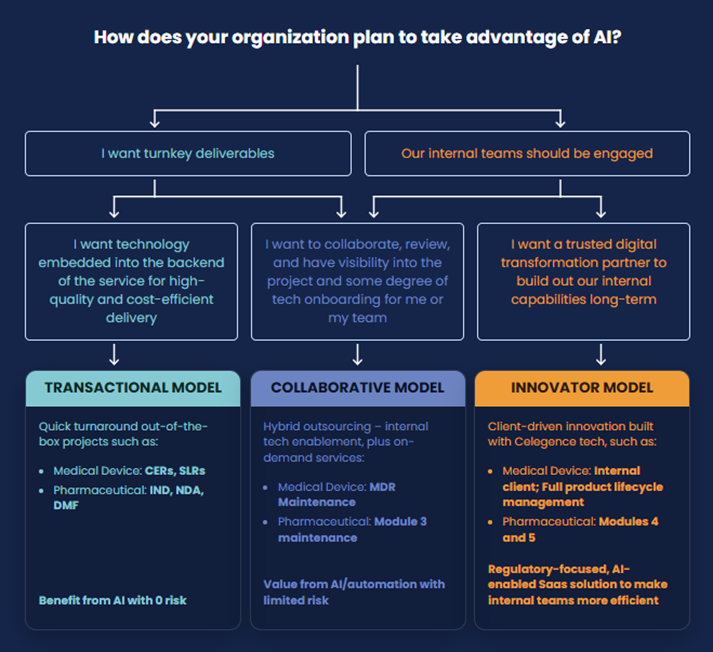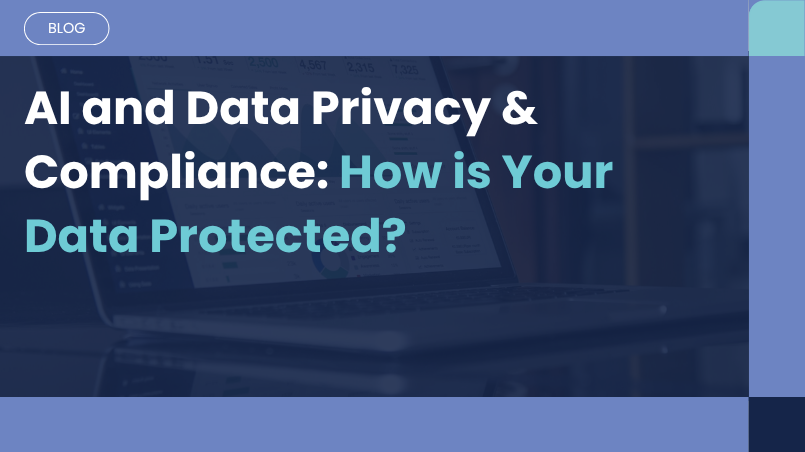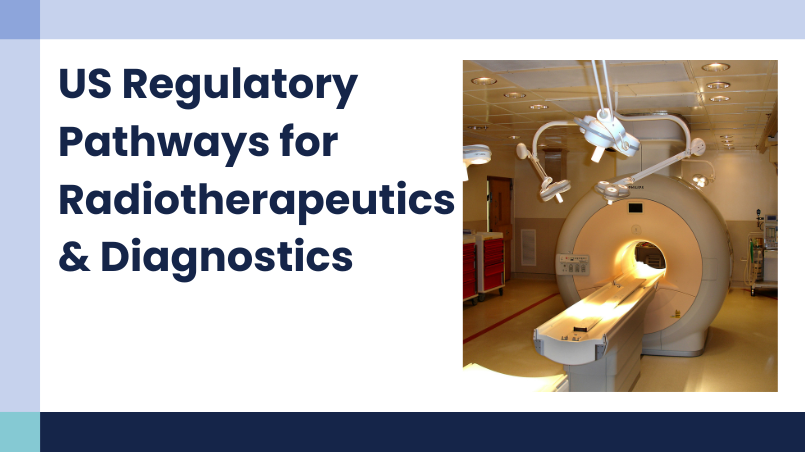From Spreadsheets to Strategic Assets: Key Takeaways from Our Regulatory Data Management Webinar
What is a Service+Tech Model? – The Fastest Path to Integrating AI into Regulatory Operations
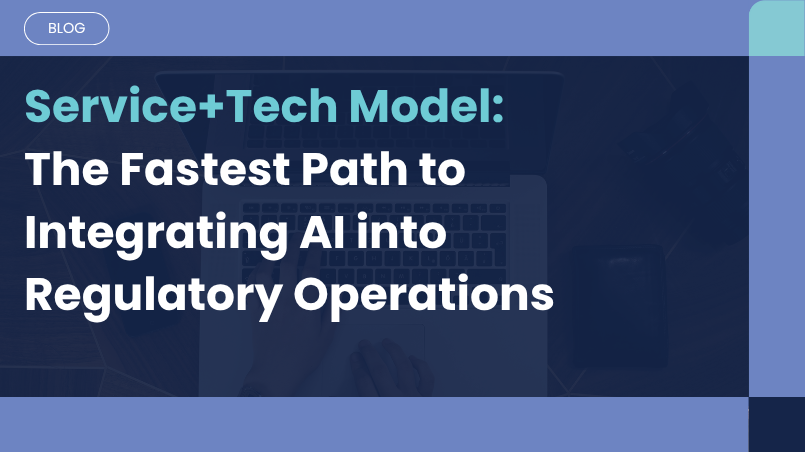
11 Nov, 2025
Across the life sciences industry, there’s growing urgency to adopt AI and automation — but also hesitation. For regulatory teams managing CMC documentation, medical writing, Clinical Evaluation Reports (CERs), or Systematic Literature Reviews (SLRs), the promise of efficiency and quality improvements often comes with questions about risk, investment, and how much difference AI can truly make in day-to-day operations.
Recent research from MIT found that 95% of GenAI pilots fail¹ — not because the technology doesn’t work, but because organizations struggle to integrate it into existing workflows and avoid friction between tools, teams, and compliance expectations.
The good news? With the right approach, AI doesn’t have to mean disruption or uncertainty. A well-designed Service+Tech model — where an experienced services partner manages both the technology and the delivery — enables organizations to realize efficiencies immediately, with 0% risk and $0 R&D investment on their end.
And unlike traditional technology investments, this model shares the value it creates. Because a Service+Tech provider is accountable for delivery as well as technology, efficiency gains translate into measurable cost savings — often split with clients as part of performance-based service agreements. This ensures that both sides benefit directly from faster timelines, reduced manual effort, and higher quality outputs.
What Is a Service+Tech Model — and Why It Works
The Service+Tech model embeds AI into the workflow of regulatory experts rather than treating technology as a standalone tool. Your partner takes responsibility for both delivery and technology enablement, ensuring AI accelerates output while human experts validate results, maintain compliance, and provide strategic oversight.
This approach allows organizations to adopt AI immediately, with 0% risk and $0 R&D investment, while keeping full confidence in the accuracy and regulatory readiness of submissions.
It also redefines how value is measured and shared. Instead of investing heavily upfront in technology licenses and training, organizations can experience the same cost savings that automation delivers — but without the overhead or risk. The provider’s success is directly tied to the client’s efficiency gains, creating a shared-incentive model that rewards measurable outcomes.
A key benefit of this model is flexibility. Teams can engage with services in ways that suit their needs — from fully turnkey projects to hybrid collaboration to client-driven innovation — allowing the Service+Tech model to adapt to different regulatory functions and internal capacity levels.
What Customers Gain
Embedding AI within service delivery delivers clear, measurable benefits:
- Faster submissions: AI-assisted drafting and review can reduce document preparation time by 30% or more, enabling faster turnaround.
- Cost optimization: Teams can achieve up to 50% savings on document preparation without additional internal resources.
- Improved quality: Standardization, traceability, and expert oversight reduce the risk of errors, rework, and regulatory queries.
- Scalable capacity: Service delivery can flex to match workload peaks without hiring additional staff.
Real-World Impact:
In collaboration with Kenvue, Celegence helped reduce drafting time for CMC Module 3 documents, achieving over 80% alignment with final submissions on the first review.
Similarly, a partnership with a top 10 global pharmaceutical company delivered 98% output quality and ensured 100% timeline compliance for submission-ready documents. These examples show how a Service+Tech approach can produce measurable improvements in efficiency, quality, and compliance from the very first project.
How Technology Supports Service Delivery
Technology, such as Celegence’s CAPTIS® platform, operates behind the scenes to accelerate and streamline regulatory work. CAPTIS® automates repetitive tasks, standardizes content, and enhances collaboration, allowing regulatory professionals to focus on scientific review, compliance, and strategic oversight.
What makes this technology different is that it’s designed, implemented, and continually refined by Celegence’s own regulatory SMEs — experts who understand both the science and the compliance context. This ensures the technology directly supports real-world submission needs rather than generic automation goals.
Benefits include:
- Efficiency: Automates literature reviews, updates, and repetitive authoring tasks.
- Consistency: Structured templates and libraries standardize submissions.
- Visibility: Real-time tracking and version control enhance oversight and auditability.
In this model, AI amplifies human expertise rather than replacing it, making teams faster, more accurate, and more efficient.
What This Means for Your Team
The Service+Tech approach provides a practical, risk-free path to modernizing regulatory operations:
Immediate impact: Efficiency, cost savings, and quality improvements from the first project.
Flexible engagement: Teams can select the level of service and AI integration that best fits their needs, adapting as internal capacity and priorities evolve.
Sustainable value: AI-enabled processes continue to deliver time savings, cost reduction, and consistency as adoption scales.
For regulatory professionals, this means less time on manual tasks and more focus on strategic review and scientific oversight. For organizations, it translates into faster, higher-quality submissions with measurable savings — all without disrupting existing operations.
The Service+Tech model represents the easiest and most effective way to bring AI into regulatory operations — providing flexibility, efficiency, and compliance without risk or upfront investment.
Learn how Service+Tech partnerships can accelerate your submissions, reduce costs, and improve quality — without disruption. Contact us at info@celegence.com.
¹ Source: MIT Finds 95% Of GenAI Pilots Fail Because Companies Avoid Friction – Forbes, Aug 2025
Supporting resources:
Other Related Articles
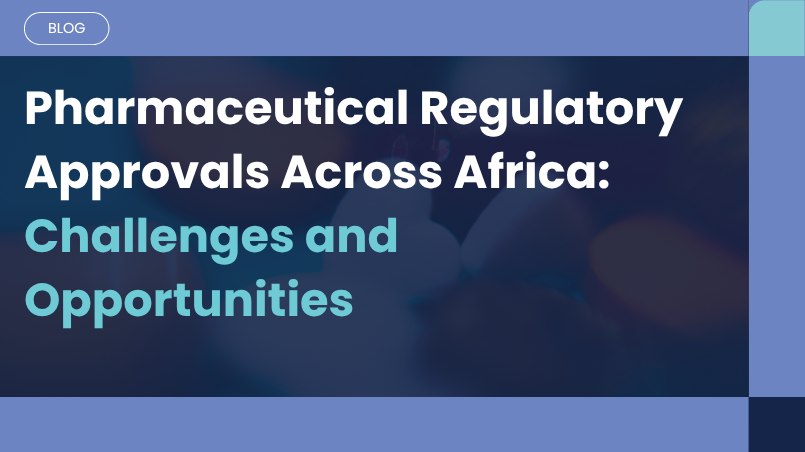
21 Oct, 2025

08 Oct, 2025
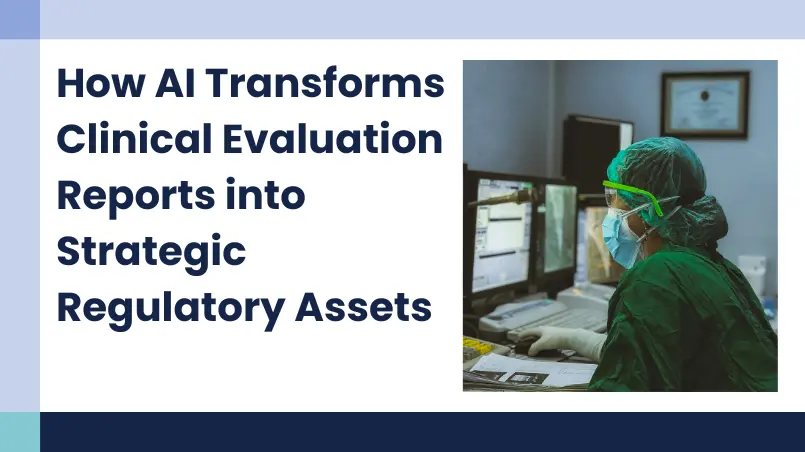
03 Oct, 2025
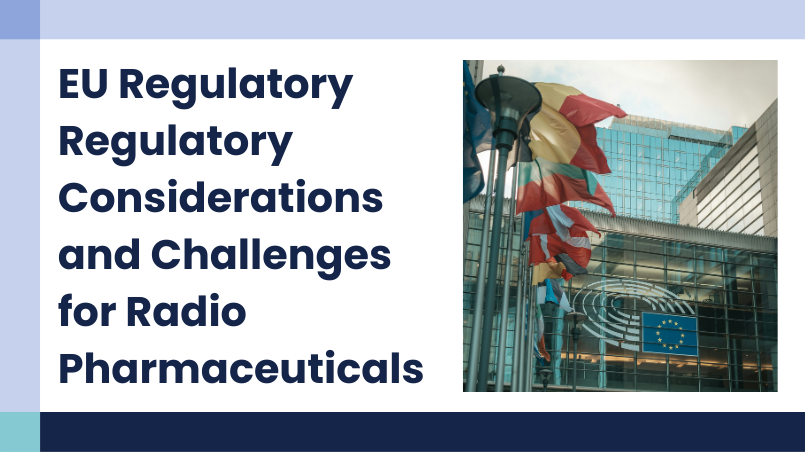
24 Sep, 2025
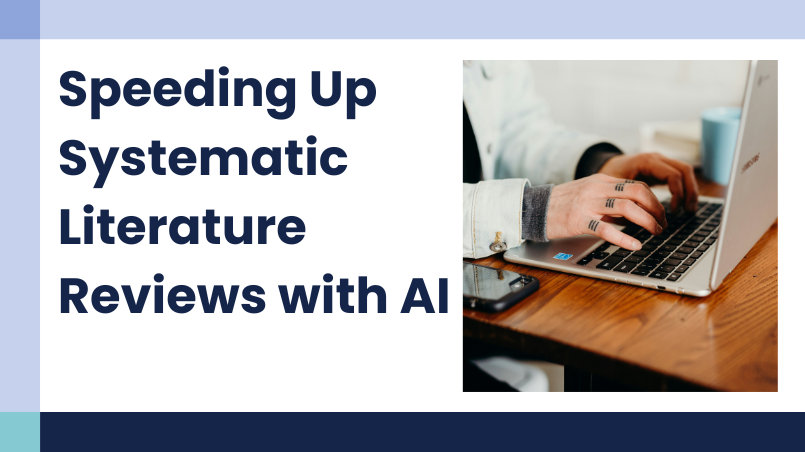
19 Sep, 2025
